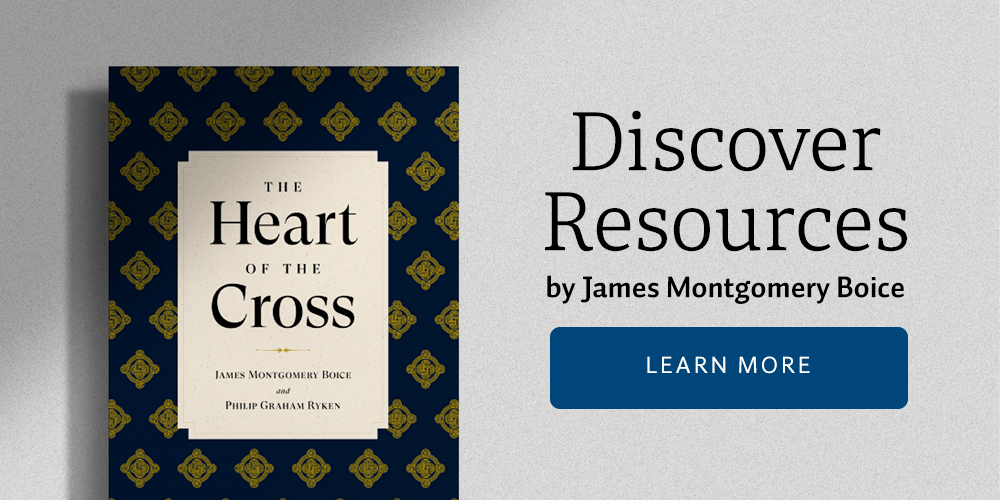Theme: Always be ready to persevere
In this weeks lesson we hear about Jesus discussion of the end times and how we should respond
SCRIPTURE
Matthew 24:29-35
“Immediately after the tribulation of those days the sun will be darkened, and the moon will not give its light, and the stars will fall from heaven, and the powers of the heavens will be shaken. Then will appear in heaven the sign of the Son of Man, and then all the tribes of the earth will mourn, and they will see the Son of Man coming on the clouds of heaven with power and great glory. And he will send out his angels with a loud trumpet call, and they will gather his elect from the four winds, from one end of heaven to the other.
“From the fig tree learn its lesson: as soon as its branch becomes tender and puts out its leaves, you know that summer is near. So also, when you see all these things, you know that he is near, at the very gates. Truly, I say to you, this generation will not pass away until all these things take place. Heaven and earth will pass away, but my words will not pass away.”
LESSON
We have gotten pretty far in our analysis of these verses. So far so good. But what about the time references, the problem that has led some commentators to the dispensational or preterist positions? I would argue that these must be fitted to the other statements, namely, that distressful times are not signs of Christ’s second coming and that his coming will be so unexpected that no one, not even the angels in heaven nor Jesus himself, can say when it will be. Let’s take them one at a time.
1. What do we do with the words “immediately after the distress of those days”? The answer is that “the distress of those days” must refer to all the many distressful times throughout history, though perhaps culminating in a time of unusual distress just prior to the Lord’s return. Certainly the earlier statements about false Christs, false prophets and apostasy support what other Bible writers have to say about the end of history. In fact, when we read passages like 2 Peter 3:3-13 we are hearing deliberate echoes of what Jesus taught in Matthew. And why not? It was from Jesus that Peter and the other writers learned it.
As for the sun being darkened, the moon failing to give light, and the stars falling from heaven, although preterists rightly point out that this is common Old Testament imagery for any cataclysmic historical event—drawn from texts like Isaiah 13:9-10; Ezekiel 32:7-8; Joel 2:30-31; 3:15; Amos 8:9—it is also the case that words like this occur in New Testament passages where they are clearly associated with Christ’s coming at the end of the age. D.A. Carson cites as examples texts like Matthew 13:40-41; 16:27; 25:31; 1 Corinthians 15:52; 1 Thessalonians 4:14-17; 2 Thessalonians 1:7; 2 Peter 3:10-12; Revelation 1:7.1
Moreover, there is this point. In the parallel passage in Luke 21, the reference to signs in the sun, moon and stars is prefaced by the prediction that, “Jerusalem will be trampled on by the Gentiles until the times of the Gentiles are fulfilled” (v. 24). That must refer to the Gentile domination of Jerusalem from the time of its fall until at least the present age. But it is only after this that Jesus says he will appear the second time. Paul expresses similar ideas about the Gentile age in Romans 11:11-25.
2.” At that time the sign of the Son of Man will appear in the sky.” I haven’t the faintest idea what the sign of the Son of Man is, nor should I. That is something that will be known by those who actually see it. But if what I have said about the word “immediately” is right, this particular time reference is not difficult. It simply links the actual appearance of Jesus to the astronomical irregularities described in verse 28. At the end of the times of distress, which is all of human history, the sun, moon, and stars will be darkened, and at that time Jesus will appear in heaven with his holy angels. That is when the angels will gather the elect.
3. “When you see all these things” and “this generation will certainly not pass away until all these things have happened.” These two references go together, because they are part of the same paragraph and occur one after the other. There is a slight change of tone with verse 32. Jesus has spoken of his sudden return in glory, but now he is giving a lesson for those who will be living in the period between his first coming and his second. They are to learn from the fig tree, which signals summer by developing tender twigs and by putting out leaves. “All these things” are compared to those tender twigs and leaves, which means that the distressful things of verses 2-28 show that the Lord’s return is imminent, which it always is!
What about “this generation”?2 In this view it really is the generation living at the time Christ spoke these words, because that generation actually did see “all these things.” They knew of many false Christs, heard of wars and rumors of wars, experienced famines and earthquakes, witnessed apostasy and heard of false prophets. So has every generation since. Therefore we have all seen everything we need to see or can see prior to the return of Jesus Christ. We have nothing to look forward to except his second coming. The bottom line is that we need to be ready because, “no one knows about that day or hour” when the Lord will come (v. 36).
1 D.A. Carson, Matthew in The Expositors Bible Commentary, vol. 8, Matthew, Mark, Luke (Grand Rapids: Zondervan Publishing House, 1984), p. 493.
2 There are three ways of understanding “this generation.” It can be the generation then living, which is what I maintain. It might refer to the Jews or to “this kind of people,” the view of most dispensationalists. Or it can refer to the generation living at the end of history. Broadus, like most modern commentators, argues that it must refer to the people living in Jesus’ day, though he still regards verses 29-31 as referring to the final, second coming of Christ. All the things predicted in vv. 4-31 would occur before or in immediate connection with the destruction of Jerusalem. But like events might again occur in connection with another and greater coming of the Lord, and such seems evidently to be his meaning” (John A. Broadus, Commentary on Matthew. Grand Rapids: Kregel Publications, 1990), p. 492). Hendriksen regards “this generation” as the Jews, and one reason he gives is that “things that will take place” are things spread out over the centuries, such as the preaching of the gospel throughout the whole world. The following section that clearly describes the final return of Christ picks up on the coming in verses 29-31; hence Jesus must be talking about a generation living at least at that time (William Hendriksen, New Testament Commentary: Exposition of the Gospel According to Matthew Grand Rapids: Baker Book House, 1985), pp. 868,869).
STUDY QUESTIONS
How does Dr. Boice explain the reference of the word, “immediately?”
Can “this generation” refer to the people Jesus was speaking to at that time without making his predictions invalid? How?
REFLECTION
What is the bottom line to all of this? How should this influence the way you live your life?
FURTHER STUDY
Look up the texts from the books of prophecy that are listed here.






